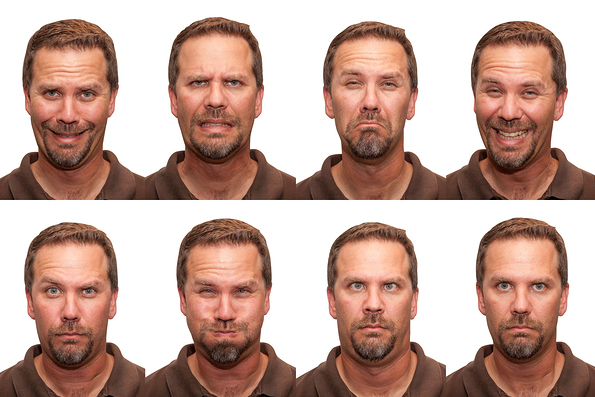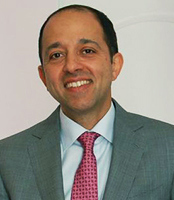 Take a minute to think about the myriad functions performed each day by your eyes, ears, nose, mouth and jaw. The face is a kind of mission control center for the senses. Seeing, hearing, smelling, breathing, eating, and speaking are all managed here.
Take a minute to think about the myriad functions performed each day by your eyes, ears, nose, mouth and jaw. The face is a kind of mission control center for the senses. Seeing, hearing, smelling, breathing, eating, and speaking are all managed here.
The face is also responsible for outward non-verbal expression used to convey emotions. Happiness, sadness, fear, surprise and anger can easily be detected by looking at someone’s face. When someone is trying hard to conceal negative feelings like fear or sadness, they might be described as ‘putting on a good face’. On the other hand when someone really wants to shine or impress they are said to be ‘putting their best face forward’.
Now imagine the various ways a facial fracture or other trauma may affect someone. As if all these sensory functions were not complex enough, because our faces are the most basic way humans recognize and relate to one another, there can be strong psychological affects when outward appearance is altered or compromised due to injury.
Facial fractures are among the most common injuries treated by hospital emergency room physicians. Maxillofacial trauma can affect the nasal bone, lower jaw, cheekbone, upper jaw or any combination of these areas. It is estimated that more than three million facial injuries occur in the United States each year. Causes range from motor vehicle accidents and domestic violence to recreational injuries, animal bites and assaults.
After initial emergency treatment, the intricate nature of facial fractures often requires synergistic follow up from a team of medical experts which may include specialists in trauma, ophthalmology or otolaryngology along with a maxillofacial surgical specialist.
The maxillofacial skeleton can be simplified into three sections for reference (See diagram). The upper face is composed of the frontal bone containing the frontal sinuses. The midface contains elaborate articulations of the zygoma, maxilla and nasal bones with the frontal and temporal bones to form the nasal, orbital/ethmoidal and cheekbone complexes. Additionally, the midface contains the two maxillary bones that form the palate and the tooth bearing segments of the upper jaw. The lower face is made up of the mandible; a complex boney structure with distinct functional and anatomic parts comprising the lower jaw. The mandible articulates with the base of the skull to form the temporomandibular joints, which is the moving part of the jaw bones. This arrangement of bones is draped with a delicate arrangement of nerves, muscles, skin and other vital structures that work together making up the functional and esthetic elements of the maxillofacial complex.
Treatment for facial injuries can have long-lasting affects on a patient’s function and appearance. Because facial injuries can be associated with a high degree of physical discomfort coupled with emotional distress, the practice of providing medical care requires years of intensive training and practical experience.
 Kayvon Haghighi, DDS, MD, FACS is licensed to practice both medicine and dentistry in the state of New Jersey. Dr. Haghighi’s unique combination of surgical training and experience in facial reconstruction enables him to analyze your condition from multiple points of view.
Kayvon Haghighi, DDS, MD, FACS is licensed to practice both medicine and dentistry in the state of New Jersey. Dr. Haghighi’s unique combination of surgical training and experience in facial reconstruction enables him to analyze your condition from multiple points of view.
